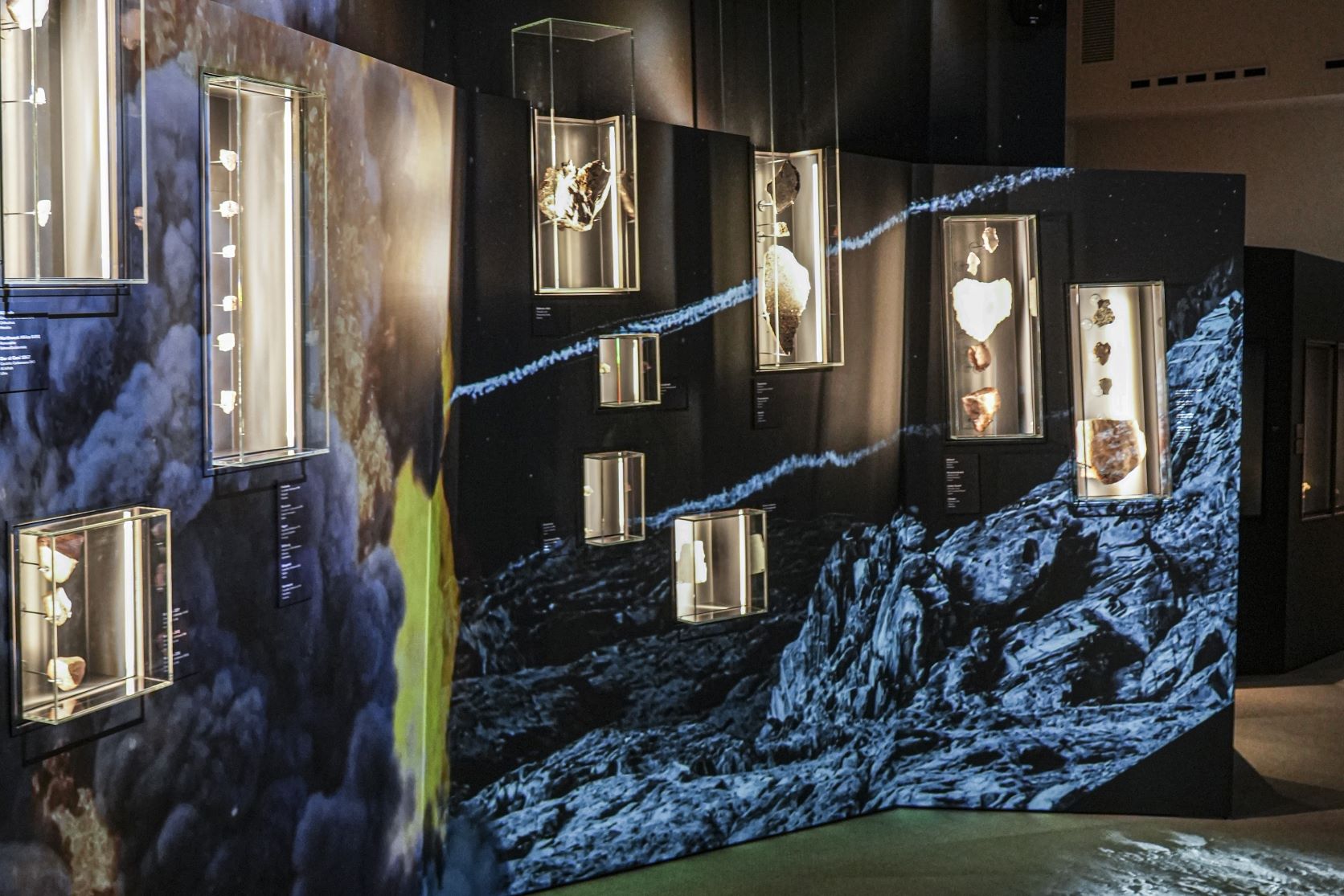La Specola: a very kids friendly museum!
Wed, 10/01/2025 - 10:28
The Natural History Museum La Specola is a must-see during your holiday in Florence with kids, who will be fascinated and enchanted by the museum's collections.
La Specola, which celebrates its 250th anniversary this year, is the oldest science museum in Europe open to the public. It was founded by the House of Lorraine and quickly became a must-see on the Grand Tour.
The specimens on display in the zoology section are just a small portion of the over four million artifacts preserved in the collections. They document, among others, several extinct and endangered species, as well as many specimens of considerable scientific and historical interest, such as the bones of the great Indian elephant, once displayed live in the Loggia dei Lanzi and which died in 1655, or the hippopotamus that was kept in the Boboli Gardens during the reign of Grand Duke Leopold.
The idea of gathering all the "natural curiosities" of the Uffizi Galleries in a single museum arose from the will of the Lorraine family and the Florentine scientist and naturalist Giovanni Targioni Tozzetti, who in 1763 compiled the first catalog of all the naturalistic artifacts preserved in the Gallery.
The Imperial and Royal Museum of Physics and Natural History was established on February 21, 1775, by Grand Duke Peter Leopold of Lorraine. Upon arriving in Florence in 1765, he purchased Palazzo Torrigiani, near the Pitti Palace, specifically to house collections ranging from mineralogy to astronomy, botany to scientific instruments, zoology to anthropology. It was known to all as La Specola.
The museum was an immediate success: between 1784 and October 1785, it attracted over 7,100 visitors, so much so that La Specola became a must-see on the Grand Tour.
After the Napoleonic interlude and the return of the Lorraine dynasty, the final works were carried out, and in the meantime, the collections grew, with the addition of donations and collections from scientific expeditions, to include 140,000 vertebrate specimens and a staggering 3 million invertebrates.
Goethe, Stendhal, the Marquis de Sade and the scientist Murray were all enthusiastic about them.
The path of the new setting, divided into six rooms, allows visitors to admire beautiful specimens, some truly unique in the world: the enormous topaz crystals, the aquamarines, the tourmalines from Elba and Brazil, the hematite and pyrite samples from Elba and southern Tuscany. A fantastic interplay of colors and shapes, the most varied, that will captivate every visitor, young and old.
After an initial section dedicated to meteorites and the evolution of minerals since the birth of Planet Earth, you enter the room dedicated to illustrating the properties and classification of minerals. Under each display case are two drawers: those who wish can open them and find scientific explanations about the specimens displayed above, or stories, tales and curiosities.
At the Natural History Museum "La Specola" kids become little explorers on an adventure where nature and science merge. Immersed among taxidermied animals and imposing skeletons, they venture out like young scientists, ready to uncover the secrets of life on Earth. They are then transported on a glittering journey to discover gems and crystals, which "tell" age-old stories of our planet through shapes and colors that stimulate the imagination.
What are you waiting for????!!!! Learning has never been so much fun.
Watch the video!
